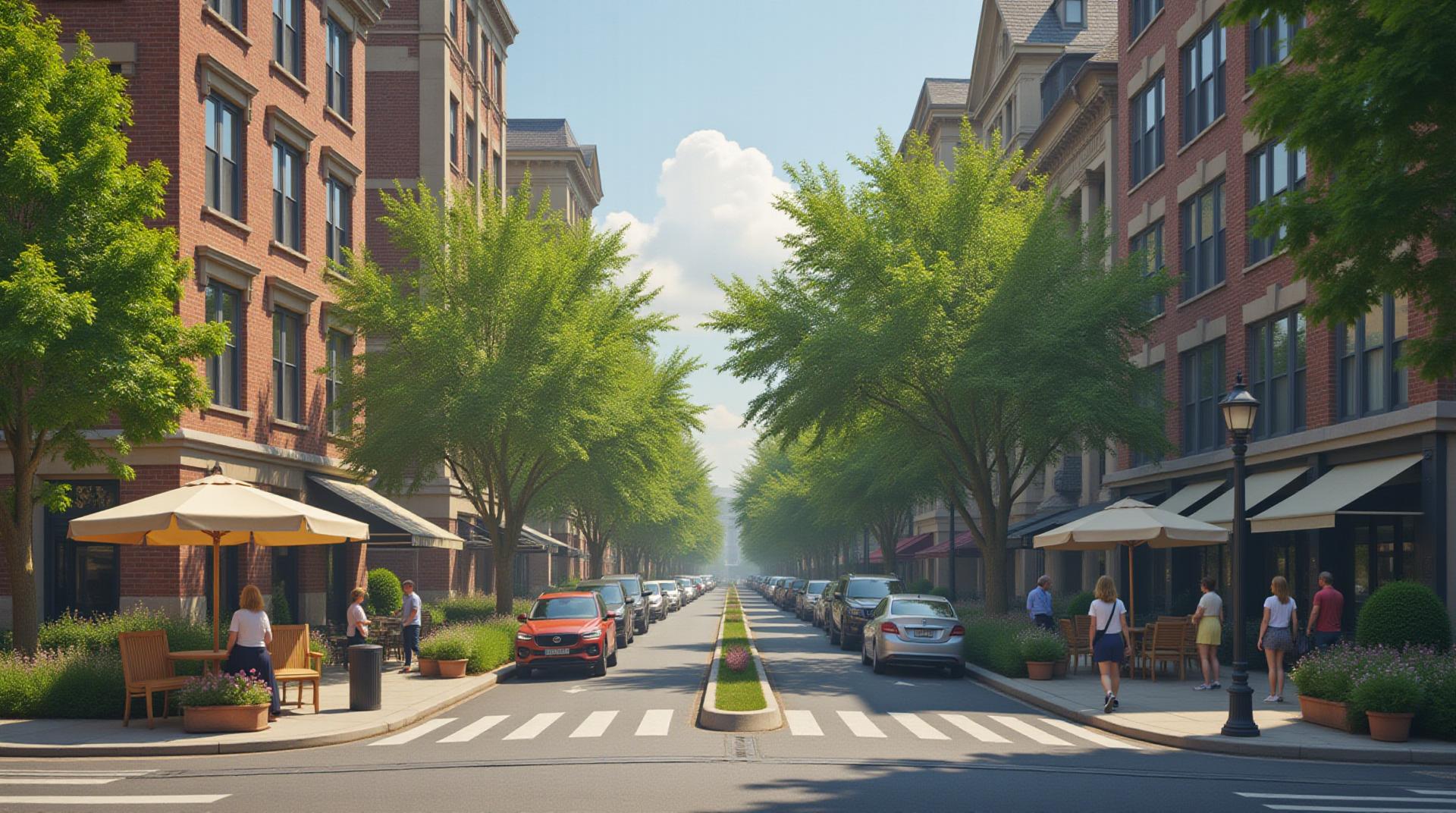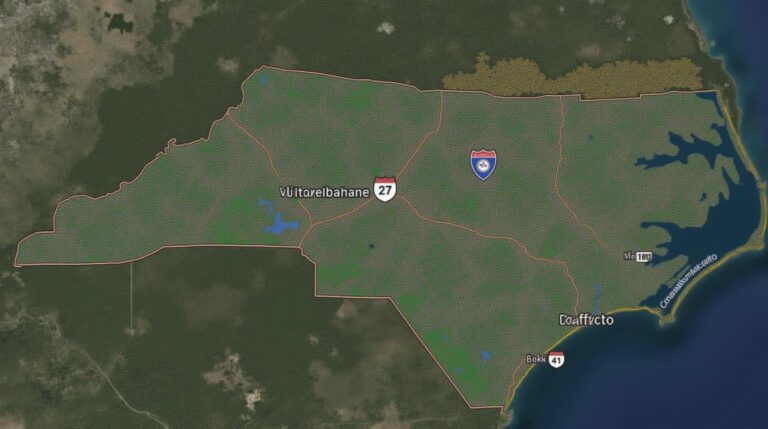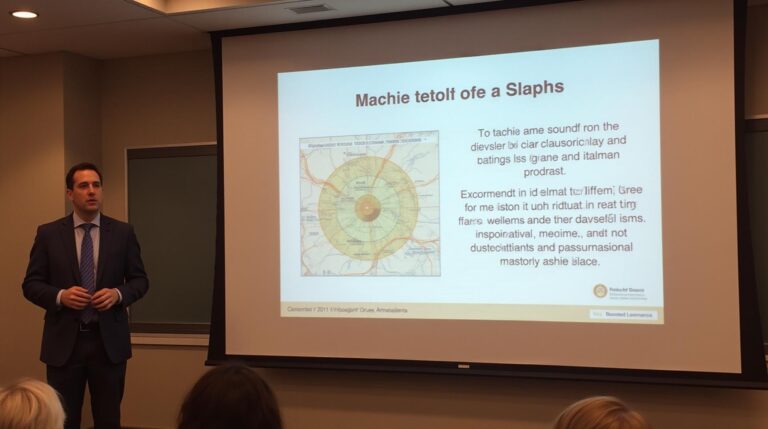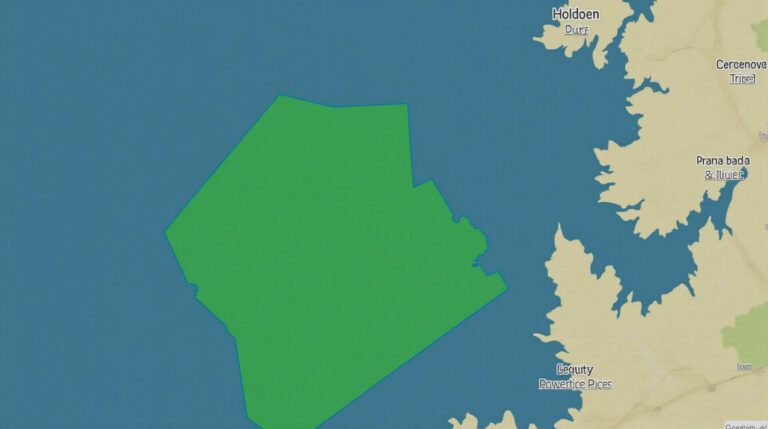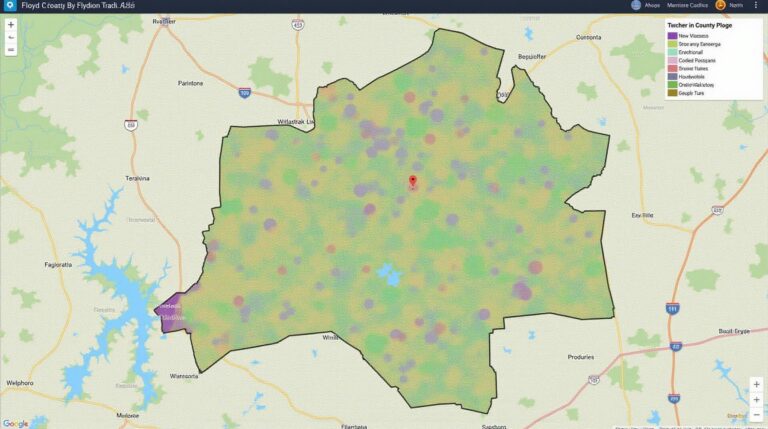GeoAI for Smart Urban Planning – Green Space Allocation
GeoAI for Smart Urban Planning: Green Space Allocation
As urban populations swell and climate change becomes more pressing, the need for sustainable, green urban environments is crucial. GeoAI has emerged as a powerful tool for addressing this issue, providing insights and data-driven strategies for effective green space allocation in our cities.
Understanding GeoAI
GeoAI, or geospatial artificial intelligence, leverages artificial intelligence and spatial data to analyze and understand landscapes, cities, and infrastructure. By incorporating cutting-edge machine learning and computer vision algorithms, GeoAI unlocks vital information within a geographic context, enabling insightful project planning and strategizing.
Benefits of GeoAI for Green Space
Implementing GeoAI for green space allocation brings a plethora of benefits:
- Improved citizen well-being : GeoAI informs the creation of parks and green spaces that are closer to communities, leading to better access to outdoor recreation, improved air quality, and reduced social isolation.
- More efficient ecosystem management : Analyzing the water cycle, temperature, and soil conditions through GeoAI helps predict and mitigate potential risks like flooding or soil erosion, empowering efficient resource allocation in public green space development.
- Optimized design and management : By offering data on heat absorption, shade, and building perspectives, GeoAI plays a direct role in designing parks and green corridors with increased user comfort and environmental benefits.
- Data-driven decision making : GeoAI provides evidence-based arguments and insights for sustainable space allocation and integrates stakeholders’ priorities for more equitable and robust urban green space.
Practical Applications of GeoAI in Green Space Allocation
GeoAI is gaining traction in real-world applications, promising to revolutionize how cities plan for greener spaces:
- Predictive Mapping and Simulations : GeoAI can create detailed maps of mosquito breeding grounds or model the spread of invasive plant species, allowing for proactive water management and prevention strategies.
- Eco-Sensor Networks : GeoAI integrates sensor data for real-time monitoring of environmental factors in green spaces, enabling adaptive management approaches to optimize their value.
- Visualizing Green Infrastructure : Interactive visualization tools powered by GeoAI can guide public engagement, allowing citizens to participate in park design and propose initiatives.
Essential Resources for Urban Green Space Planning with GeoAI
To expand your knowledge and explore GeoAI applications further, here are some essential resources:
- Data.gouv.fr: France’s open data portal offering geographic data for urban planning
- Building green spaces with Geo-AI : A Gov Tech article with specific examples of GeoAI applications in green space.
- Urban Design Research at IBM: A blog featuring research and insights into the future of urban design facilitated by data and AI.
Conclusion
GeoAI offers cities a powerful tool to shape a sustainable and resilient future. By harnessing its data-driven insights and advanced analysis capabilities, we can seamlessly weave green spaces into our urban fabric, creating safer, healthier, and more vibrant communities.
Check similar topics:
Frequently Asked Questions
Availability
GeoAI-Green-Space Allocation is available for download as a free open-source tool at https://www.techgeo.org/software.
Formats
Our tool is built with flexible and customizable formats. Downloadable sources include shapes, geometries, photo libraries, and key metrics for effective data visualization.
Usage
- Data Download: Download public datasets relevant to your project. https://www.techgeo.org/datasets
- Green Space Mapping: Define your project’s spatial boundaries and identify available green space.
- Allocation Analysis: Analyze the optimal spatial distribution of green space using data-driven insights.
- Visualization: Develop interactive maps showcasing the findings and potential for green space improvements.
Why is GeoAI-Green-Space Allocation Important?
Efficient allocation of green spaces maximizes their benefits for urban resilience and community wellbeing. By utilizing GeoAI tools, cities can address sustainable development goals, improve citizen health, reduce CO2 emissions, and foster vibrant, healthy neighborhoods.
Learn More
Visit our website https://www.techgeo.org to dive deeper into our work and explore the potential of GeoAI-Green-Space Allocation.

